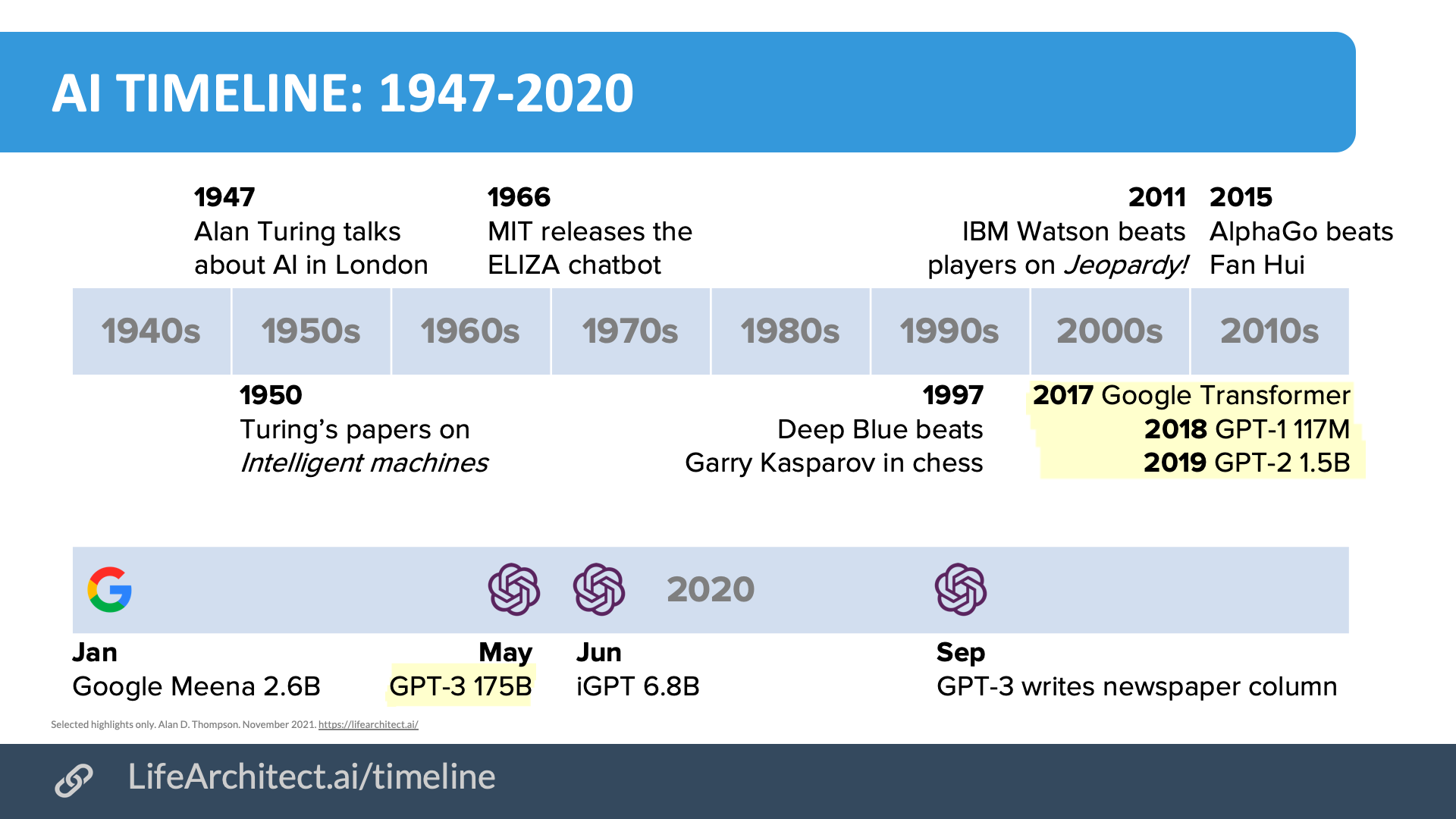The Rise of AI Language Models: A Deep Look at Leading Models
Introduction
Language models based on artificial intelligence are advancing at a rapid pace. These models have the ability to generate text, answer questions, and even hold conversations. In this blog post, we will take a deeper look at three prominent AI language models - Google’s BARD, OpenAI’s ChatGPT, and the upcoming multimodal Gemini AI model. Our goal is to compare the key capabilities, applications, and target users of each model to help understand their differences and strengths.
The Rapidly Advancing Field of AI
Over the past few years, we have seen huge leaps in the capabilities of AI systems that can understand, generate, and converse using human language. Large language models like GPT-3 have shown what’s possible, answering questions and conversing coherently on a wide range of topics. However, each new model brings its own innovations in architecture, training techniques, and intended applications. In this post, we will provide an in-depth look at Google BARD, OpenAI ChatGPT, and the upcoming Gemini AI to understand how they compare.

Google BARD
Powered by a 500 Billion Parameter Model
Google’s BARD model is an AI assistant focused on providing factual information to users. It is powered by PaLM, Google’s newest language model architecture containing over 500 billion parameters. PaLM was trained on a vast amount of text data sourced from books, articles and more to gain a broad base of knowledge.
For Research, Writing, and Summarization
BARD is intended to be helpful for research, writing, and communication tasks. It can answer questions by searching its immense database of knowledge. It also excels at summarization, condensing long passages of text into concise summaries. Google aims to provide BARD to consumers through trials and integrations focused on practical uses related to work, school and learning.
OpenAI ChatGPT
Natural Conversation Capabilities
OpenAI’s ChatGPT model is designed for natural conversational abilities. It was trained on a massive amount of public internet data using Transformer architectures to learn patterns in how humans communicate. As a result, ChatGPT can understand language at a broad level and carry on back-and-forth discussions across many topics of interest.
Popular for Customer Service
Due to its conversational skills, ChatGPT has found applications in customer service roles. Companies have integrated it as automated chat agents that can answer frequently asked questions and represent the brand. It also excels at content generation for blogs, articles and more by understanding users’ prompts and suggestions.
Upcoming Multimodal Gemini AI
A Versatile Model Through Multiple Modalities
Gemini AI is an upcoming language model from Anthropic focused on versatility. Unlike text-only models, Gemini incorporates visions, audio and code alongside text. This allows it to interact with users through multiple modes of expression like images, sounds or coding interfaces.
Strengths in Creative Exploration
By processing different modalities, Gemini shows promise for creative applications that combine media. Some examples include assisting with artistic pursuits like poetry, music, visual art or code-related tasks. It also aims to better understand humanity by exploring how different forms of expression interconnect. However, Gemini remains in development stages and not publicly available.
Technological Differences
Transformers vs Multimodality
While BARD and ChatGPT rely mainly on self-attention through Transformer architectures, Gemini takes a multimodal approach integrating various kinds of data. BARD also stands out as the largest model at over 500 billion parameters compared to ChatGPT and Gemini which are both advanced but smaller natural language models.
Application Strengths
Each Suited to Different Use Cases
Based on their designs and training, each model has distinct strengths. BARD excels at fact-finding, summaries and writing assistance. ChatGPT provides conversational abilities well-suited to customer service, content generation and discussion. And Gemini shows promise for multi-purpose creativity across modalities once released. Businesses and individuals can choose the model best matching their informational, conversational or creative needs.
User Targeting
Serving Diverse Audiences
The models also target different types of end users. BARD aims to help professionals, students and writers in work and education settings. ChatGPT finds uses among customer support teams, content creators and everyday internet users. And Gemini may cater more towards digital artists, developers, and those interested in exploring how technology can augment human creative expression.
Availability
Testing vs Wide Release
While ChatGPT and BARD can both currently be accessed, they have limitations on usage. ChatGPT comes with warnings about inconsistent responses, while BARD is limited to individual trials and integrations. Gemini remains in private development phases with no public access yet. The future availability of any model will depend on continued innovation, as well as evolving regulations around large language systems.
Conclusion
In summary, AI language models are rapidly developing abilities with implications for how we work, learn and spend our leisure time. By comparing features of prominent models like Google BARD, OpenAI ChatGPT and the upcoming Gemini, users can identify which may best suit their unique needs whether for research, conversation, creativity or other applications. As the technology advances, more powerful and specialized tools will emerge to enhance our lives in novel ways.